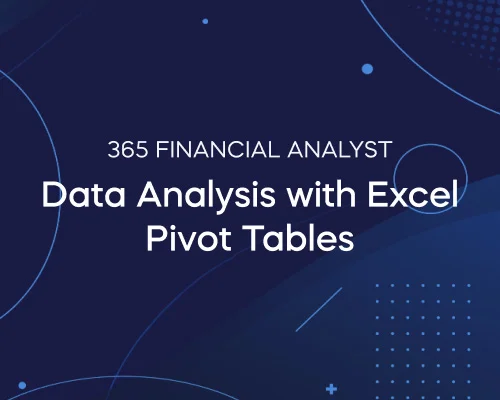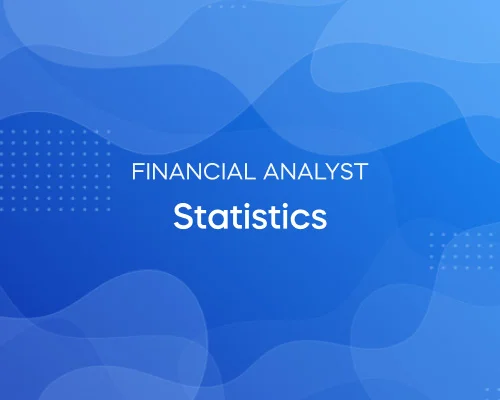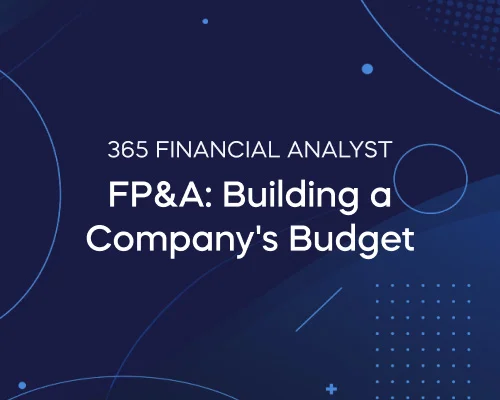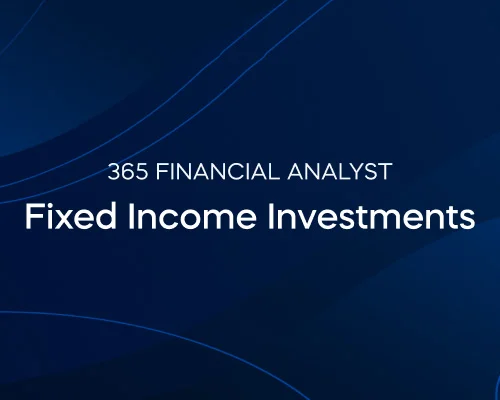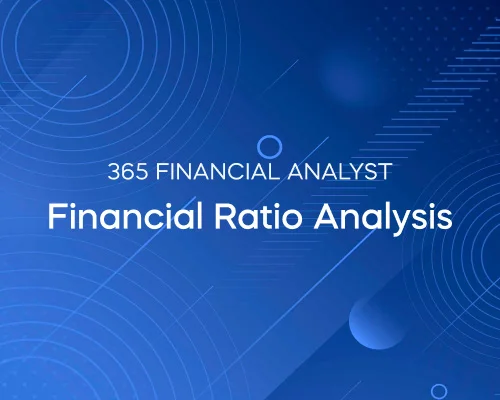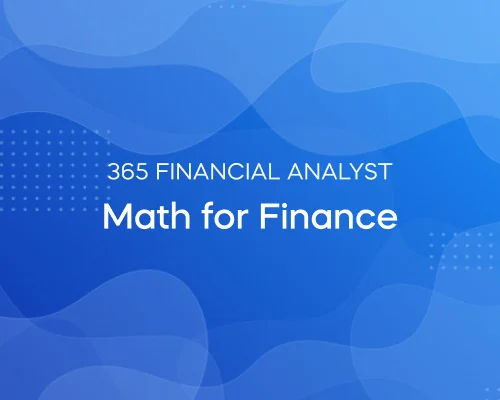Accounting and Financial Statement Analysis top-rated
Master essential accounting skills: from debits and credits to advanced financial statement analysis
$99.00
Lifetime access
What you get:
- 5 hours of content
- 34 Downloadable resources
- Interactive exercises
- World-class instructor
- Closed captions
- Q&A support
- Future course updates
- Course exam
- Certificate of achievement
Accounting and Financial Statement Analysis top-rated
$99.00
Lifetime access
What you get:
- 5 hours of content
- 34 Downloadable resources
- Interactive exercises
- World-class instructor
- Closed captions
- Q&A support
- Future course updates
- Course exam
- Certificate of achievement
$99.00
Lifetime access
What you get:
- 5 hours of content
- 34 Downloadable resources
- Interactive exercises
- World-class instructor
- Closed captions
- Q&A support
- Future course updates
- Course exam
- Certificate of achievement
What You Learn
- Develop a comprehensive understanding of the importance of financial accounting in business decision-making
- Master the fundamental techniques for recording financial transactions using debits and credits
- Acquire detailed knowledge of the core financial statements - Profit & Loss and Balance sheet
- Apply fundamental accounting principles, such as the main accounting equation, to record transactions and build cohesive Profit & Loss and Balance sheet statements
- Learn how to prepare a complete cash flow statement and study a company’s ability to generate cash
- Assess financial performance and sustainability with the main financial ratios
Top Choice of Leading Companies Worldwide
Industry leaders and professionals globally rely on this top-rated course to enhance their skills.
Course Description
This Accounting and Financial Statement Analysis course will guide you through the basics of bookkeeping, the main accounting principles, and the practical applications of financial statement analysis. Accounting is an essential skill for people pursuing a career in finance and a vital function for businesses. Accounting experts help track revenue and expenses, ensure compliance with local laws and regulations, and provide internal and external stakeholders with the quantitative financial information needed for decision-making. In this Accounting and Financial Statement Analysis course, you will learn how to book real business transactions and assess their impact on a company’s financial performance. We cover the meaning of debits and credits, T-accounts, accrual accounting, cash flow computations, and the importance of timing of payments. Next, we touch on the essence of financial statement analysis and the most common types of ratios tracked by investors, including activity, profitability, liquidity, solvency, and valuation ratios. Finally, we demonstrate the practical applications of accounting and financial statement analysis with several extensive case studies. By the end of this Accounting and Financial Statement Analysis course, you will be able to book basic accounting transactions, prepare core financial statements, and analyze the financial indicators of real-life companies, such as P&G, Tesla, and others. Sign up now to enhance your finance career and master the art of accounting and financial statement analysis!
Learn for Free

1.1 What does the course cover
1 min

1.2 What Is Accounting and Why Do We Need It
5 min

1.4 The Importance of Bookkeeping - Good Accounting Records Are Essential
3 min
Interactive Exercises
Practice what you've learned with coding tasks, flashcards, fill in the blanks, multiple choice, and other fun exercises.
Practice what you've learned with coding tasks, flashcards, fill in the blanks, multiple choice, and other fun exercises.


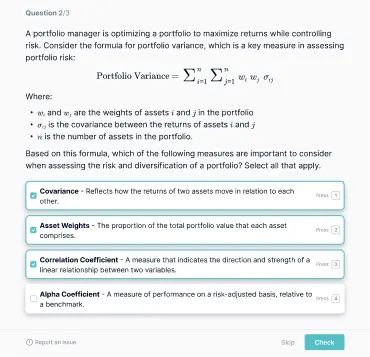
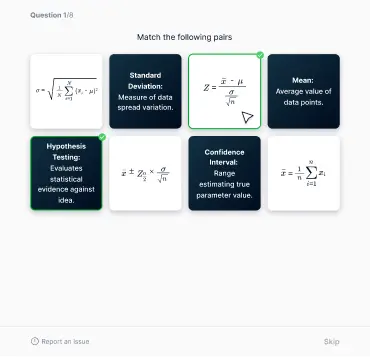
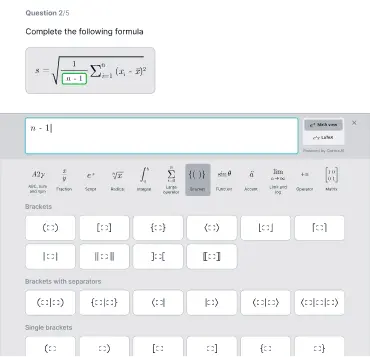

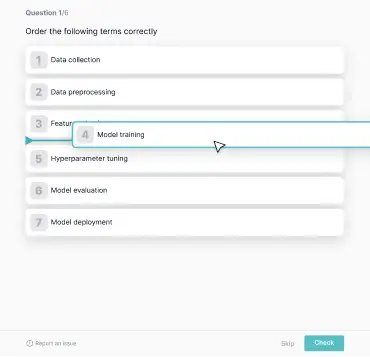
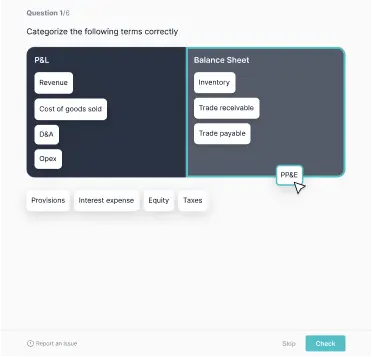
Curriculum
Topics
Course Requirements
- No prior experience or knowledge is required. We will start from the basics and gradually build your understanding. Everything you need is included in the course
Who Should Take This Course?
Level of difficulty: Beginner
- Aspiring accountants, financial analysts, financial controllers, investment bankers, investment analysts
- Anyone who wants to work in finance
Exams and Certification
A 365 Financial Analyst Course Certificate is an excellent addition to your LinkedIn profile—demonstrating your expertise and willingness to go the extra mile to accomplish your goals.
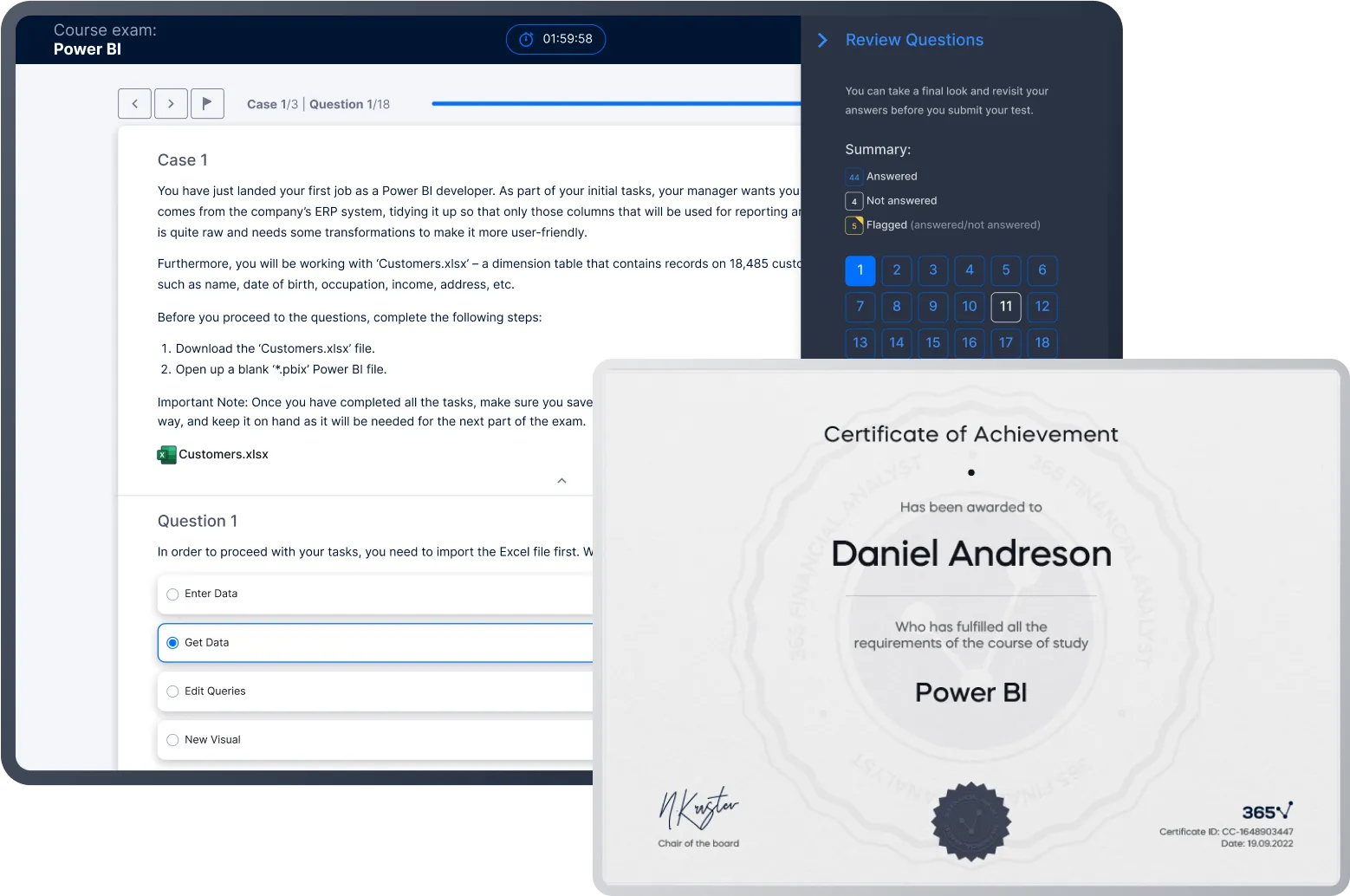
Meet Your Instructor
Nedko earned a Master’s degree in Finance from Bocconi University (Milan, Italy) in 2012. Then, he gained valuable working experience with exciting firms like PwC Italy (Financial Advisory and M&A), Coca-Cola European Partners (Financial Analyst), and Infineon Technologies (M&A). In 2014, he published his first online course on financial modeling and valuation when he realized that creating educational materials is his true calling. The amazing students and content creators in the data science community, the 365 team, and the strong desire to build the perfect learning platform drive Nedko to continue on this exciting journey. His goal is to establish 365 Data Science as the learning platform that bridges the gap between theoretical knowledge and practical business application.
What Our Learners Say
365 Financial Analyst Is Featured at
Our top-rated courses are trusted by business worldwide.

